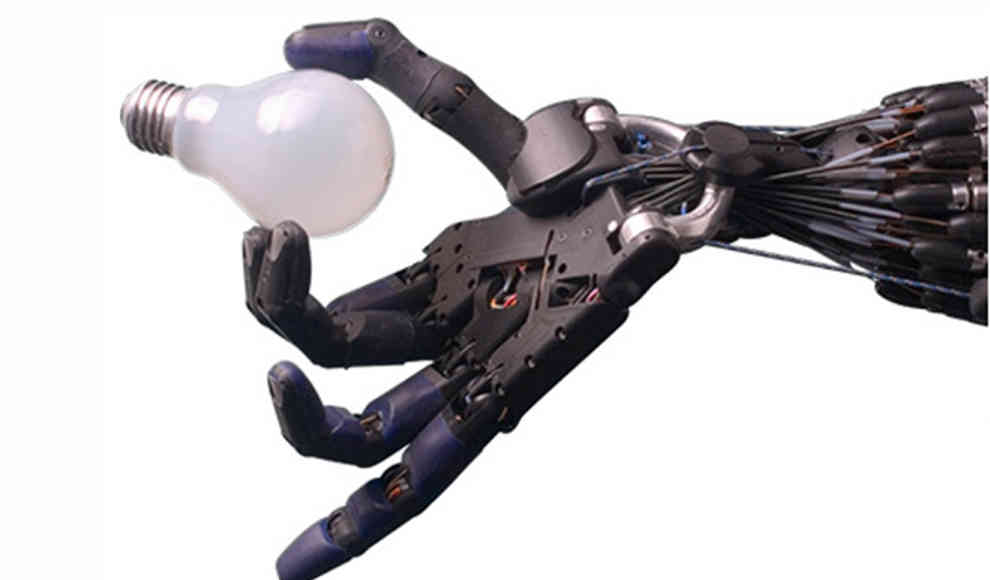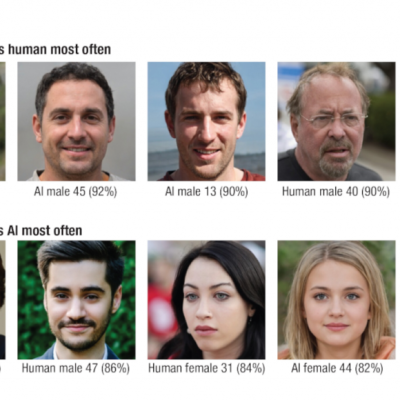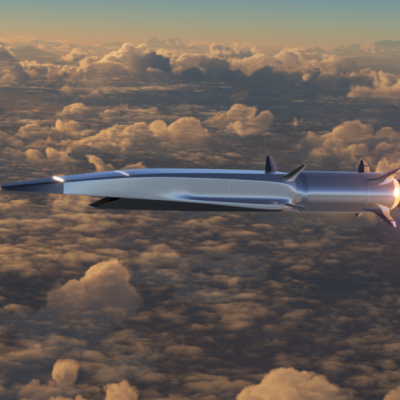The shortage of skilled workers in the German elderly care sector has led to numerous companies researching different types of care robots. However, can these machines fully replace human caregivers, and who is liable in case of a robot error? In Zurich, Switzerland, technical aids in the care and support of older people are already a reality. For example, stairlifts help people with limited mobility safely overcome steps, complex alarm systems alert caregivers in case of emergency, and state-of-the-art wheelchair-accessible vehicles transport those in need to their desired destination. Some companies, such as the Fraunhofer Institute, are working on modern care robots to address the nationwide shortage of skilled workers. These robots are intended to relieve human caregivers of some of their workload. However, it seems highly unlikely that care robots will completely replace human workers in the future. In addition to the high cost of acquiring such a large number of robots, the crucial role of interpersonal relationships that machines cannot replace must also be considered.
The Center for Technology Assessment in Zurich commented that while the technology already exists, liability issues have not yet been resolved. Swiss scientists simulated various scenarios up to the year 2025 and interviewed numerous patients, hospital managers, caregivers, doctors, and experts in the legal and technical fields to discuss possible scenarios. In addition to technical feasibility and cost, the acceptance of care-dependent individuals plays an important role. The study found that acceptance decreases as interaction with the machines increases. Caregivers fear that they may be completely replaced by care robots in the future due to cost-cutting measures, but they welcome technology to relieve physically demanding work. Care-dependent patients have mixed feelings about the use of care robots. They hope for more mobility and ease of work in their daily lives but fear that they may become lonely due to the increasing absence of human caregivers. However, the simulated self-sufficiency provided by the machines is not taken into account by the patients. The question of liability in case of a robot error, such as the failure to administer life-saving medication during a power outage, remains unanswered. It is uncertain whether the liability issue can even be resolved in such a case.
In conclusion, while care robots may provide some relief to human caregivers, they cannot fully replace the crucial role of interpersonal relationships in elderly care. The liability issue in case of a robot error also remains unresolved, and the acceptance of care-dependent individuals must be considered.










